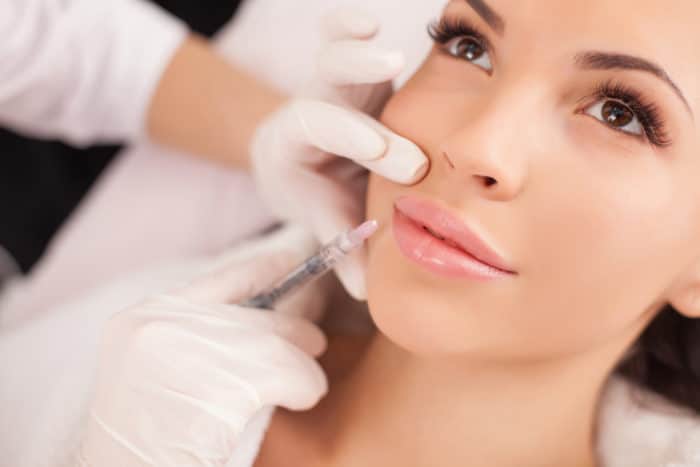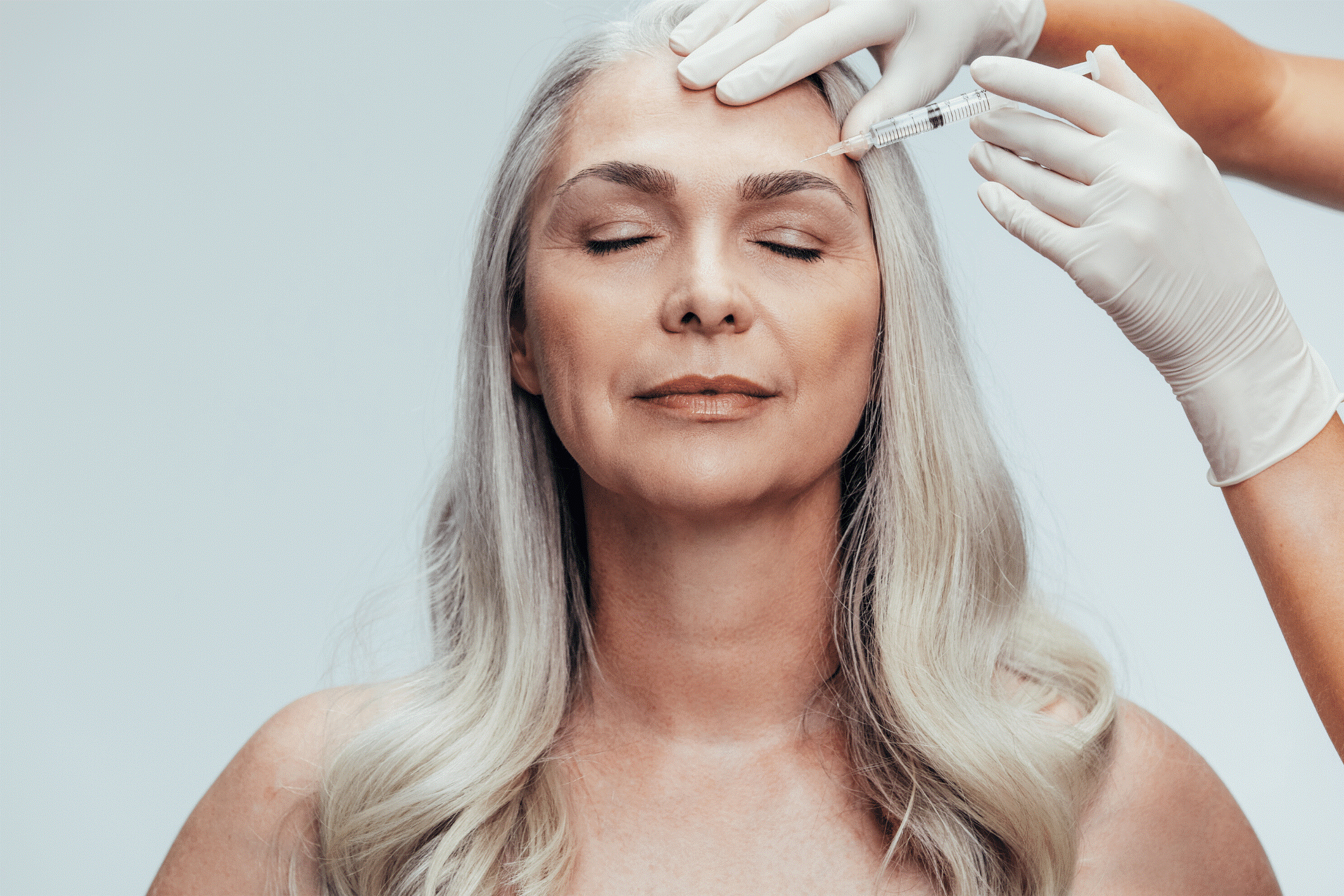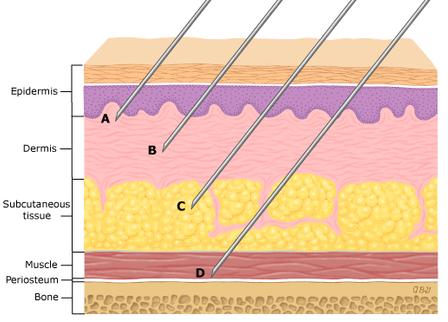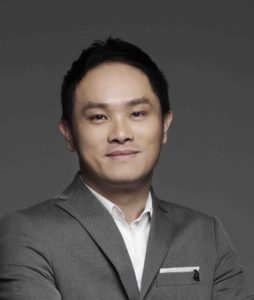


To some in Singapore, ageing gracefully means carrying the “character lines” with pride and quiet dignity. Others seek the help of Botox and fillers to maintain their natural youthfulness.
The operative word being natural; many aesthetic practitioners ruefully fail to master the art of minimal injections.
Having practised medical aesthetics for over a decade, I’ve seen and corrected my fair share of sloppy work and botched Botox and Filler jobs in Singapore.
Frozen brows, misshapen cheeks and skewed noses were common sights. Such cases have decreased in numbers over the years. All, except for one – the overuse of Botox and fillers.
I attribute this to one common misconception among many patients who go for botox in Singapore. The belief in getting every single drop of product to maximise the money spent. Regretfully, this is where such patients get it wrong. Quantity does not equate to results.
Allow me to explain.
It is not as straightforward as getting the largest amount of Botox at the lowest price. Patients pay for results, not the amount of product used.
In achieving natural-looking aesthetics, the doctor (hopefully) knows what’s best for the patient (in his or her own opinion anyway, which is a different story altogether). A combination of specialised techniques and a measured amount of products is key.
Less is definitely more; especially for skill-intensive procedures such as Botox and dermal fillers in Singapore.
A poker-faced finish is just not what you’d want to sport unless you’re spending hours counting out those chips in a casino. You’ll want youthful skin that says “Good genes!” instead of a frozen expression that shouts “Botox!”.
Practices of giving larger Botox doses have become a thing of the past as smaller doses are used to achieve a softer look with a touch up later if necessary.
This is why it’s important to seek out ethical and experienced practitioners who understand the interaction of different muscles so as to allow some of the essential muscles to move and maintain natural facial expression.
You’d want compliments on looking younger than your age and less tired looking rather than questions on the number of Botox units you’ve received.
With present-day technology, restoring lost volume on the face is ever easier with fillers in Singapore. And if done right, you can take years off the face within minutes with virtually zero downtime.

While some doctors may inject several vials of fillers into a face, a doctor can create a natural and yet youthful look without excessively plumping out the cheeks that look like you
belong to the unenviable Pillow Face Club.
Moreover, hyaluronic acid-based dermal fillers come with different degrees of fluidity and hardness. The selection of the appropriate filler for each concern is crucial in attaining the best results, rather than the quantity used.
Experienced aesthetic practitioners have a good grasp on the different layers and depth of skin to be injected.
The depth is important to create different effect instead of using vials of fillers to simply fill the entire face. The position and depth also determine the type of fillers that are best suited.
This is particularly important as the face is not a 2-dimensional structure but rather a 3-dimensional model. This is made more complex from muscle interactions, varying degrees of sagginess resulting from migration of fats in different layers of the skin and the loss of fats in different areas.
Ultimately, it all boils down to a doctor’s training and a natural eye for beauty and proportions. Especially when it comes to such skill-intensive procedures.
[10 January 2018] A blog post by Dr. Kelvin Chua

Dr Kelvin Chua started his surgical training in Australia, teaching for several years in the hospitals, and spent time in dermatology and surgical rotations.
Over the course of 15 years, Kelvin has since performed more than 1,000 successful cases of liposuction procedures and Botox and filler treatments under his belt. With a keen interest in non-invasive facial contouring and lifting techniques as well as liposuction for body contouring procedures, he also performs HIFU, Thermage CPT, Fractional CO2 laser, Radiofrequency, hair loss management & treatment, as well as moles and lumps removal.
With a strong passion for inspiring others through teaching, Kelvin is a motivational speaker at Republic Polytechnic, an appointed trainer for aesthetic institutions and cosmeceutical companies, and is a mentor to aspiring aesthetic doctors.
For more information, write to contact@slclinic.com.sg
To contact Dr Kelvin Chua, write to kelvin@slclinic.com.sg
Like what you read? Share them!